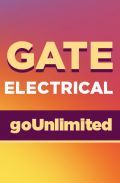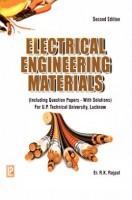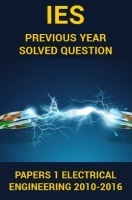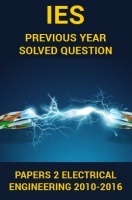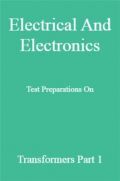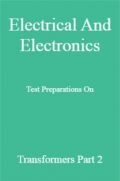This introductory text on digital logic and computer organization presents a logical treatment of all the fundamental concepts necessary to understand the organization and design of a computer. It is designed to cover the requirements of a first-course in computer organization for undergraduate Computer Science, Electronics, or MCA students. Beginning from first principles, the text guides students through to a stage where they are able to design and build a small computer with available IC chips.
Starting with the foundation material on data representation, computer arithmetic and combinatorial and sequential circuit design, the text explains ALU design and includes a discussion on an ALU IC chip. It also discusses Algorithmic State Machine and its representation using a Hardware Description Language before shifting to computer organization.
The evolutionary development of a small hypothetical computer is described illustrating hardware-software trade-off in computer organization. Its instruction set is designed giving reasons why each new instruction is introduced. This is followed by a description of the general features of a CPU, organization of main memory and I/O systems. The book concludes with a chapter describing the features of a real computer, namely the Intel Pentium. An appendix describes a number of laboratory experiments which can be put together by students, culminating in the design of a toy computer.
Key Features
Self-contained presentation of digital logic and computer organization with minimal pre-requisites
Large number of examples provided throughout the book
Each chapter begins with learning goals and ends with a summary to aid self-study by students.
Preface. 1. Data Representation. 2. Boolean Algebra and Logic Gates. 3. Combinatorial Switching Circuits. 4. Sequential Switching Circuits. 5. Arithmetic and Logic Unit. 6. Application of Sequential Circuits. 7. Computer SystemsMultiple Views. 8. Basic Computer Organization. 9. Central Processing Unit. 10. Memory Organization. 11. Input-output Devices. 12. Input-Output Organization. 13. Case Study of a Real Computer System. AppendixA. Suggested Hardware Lab Experiments. B. Decision Table Terminology. References. Index.








